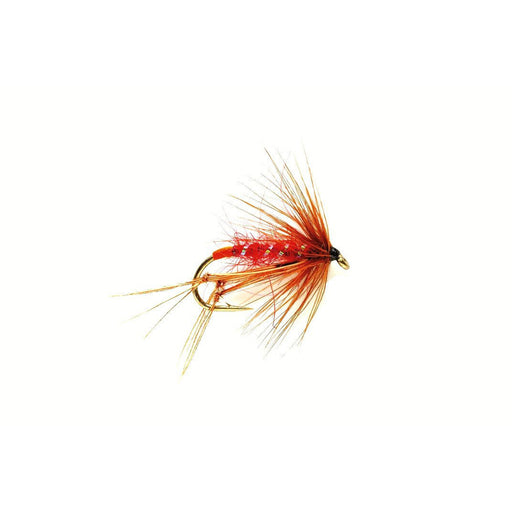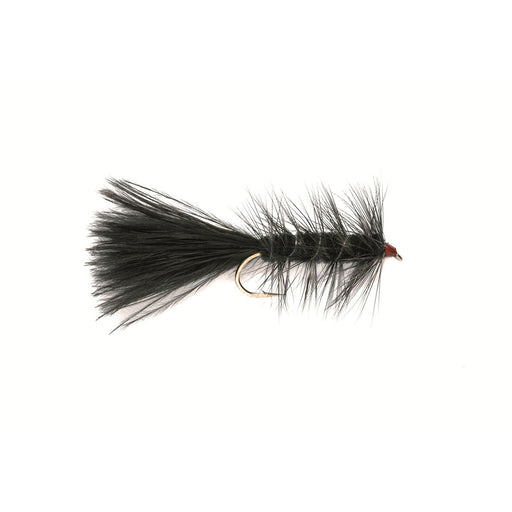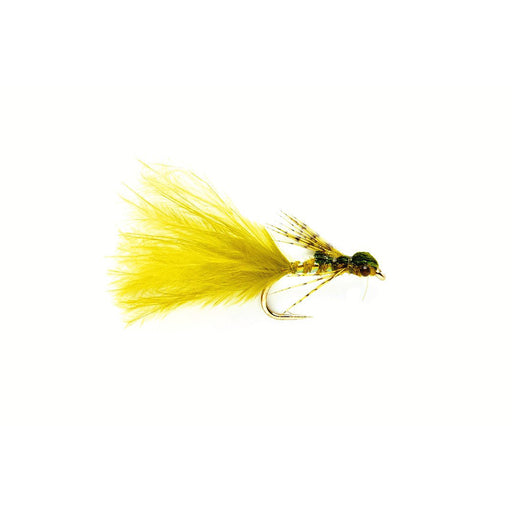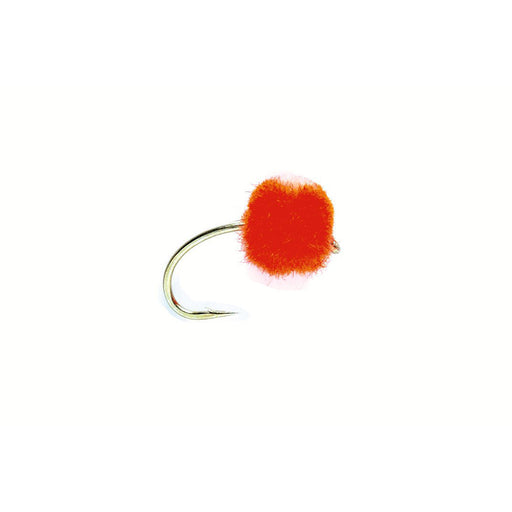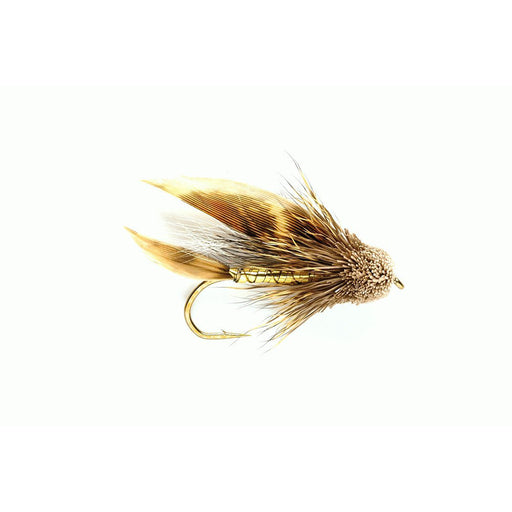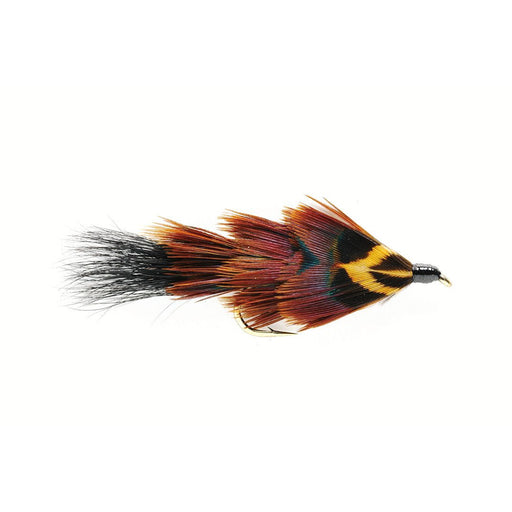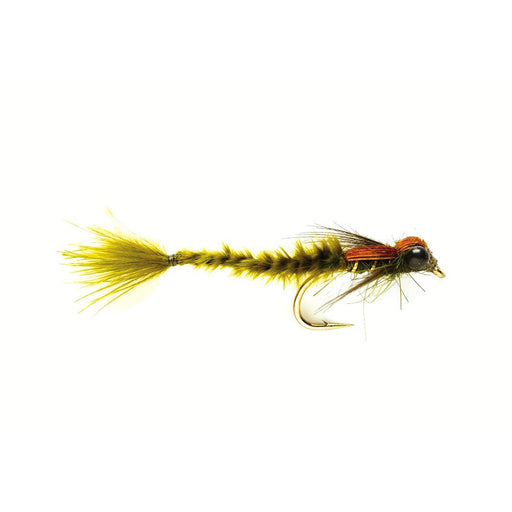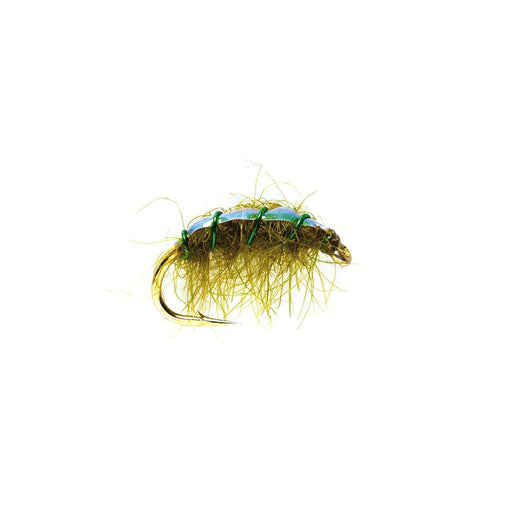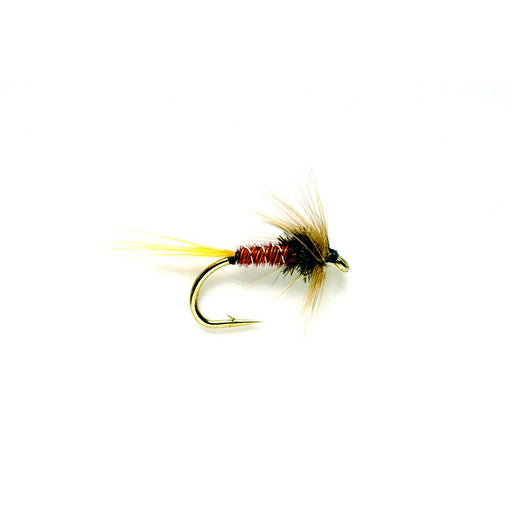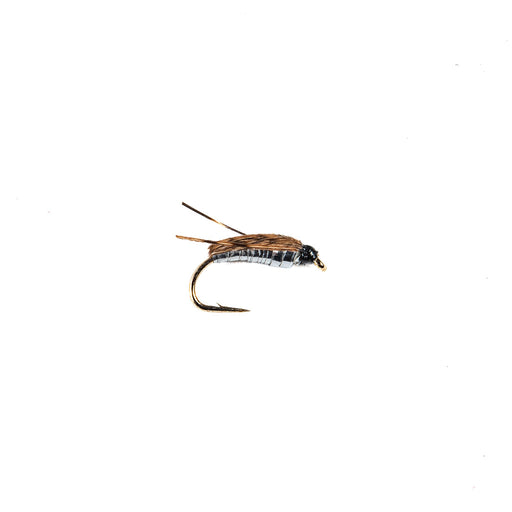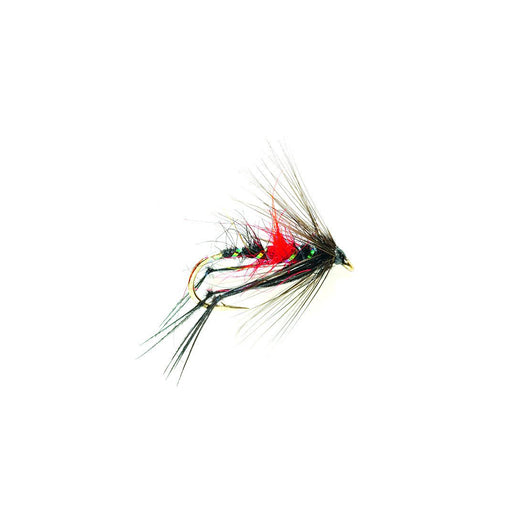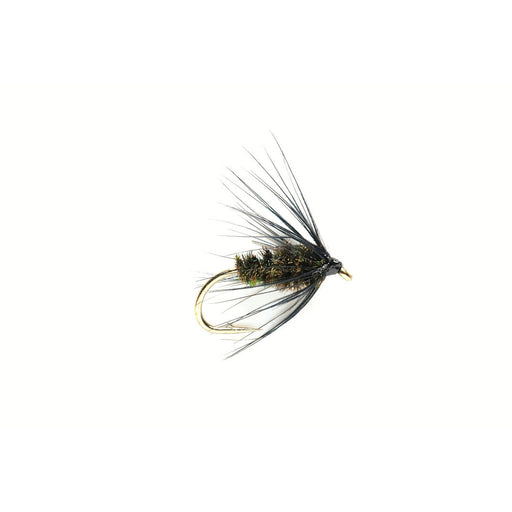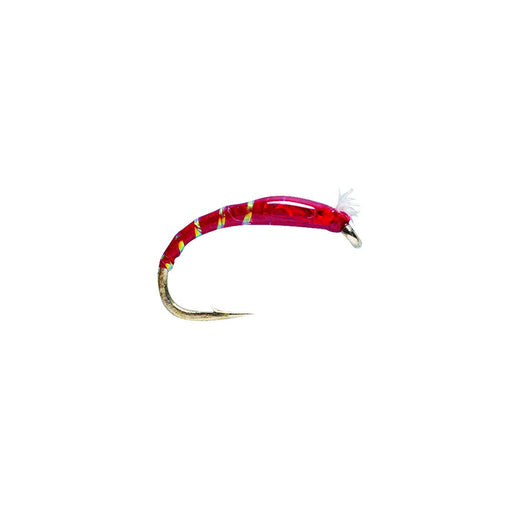
Fly Fishing Gear | Fly Fishing Flies | All
Your fly should be the only thing the fish sees; make it the right one.
At Tom's Outdoors, we boast a huge collection of fly fishing flies from Fulling Mill, MFC, RIO and Catagory 3 Fly Company - We handpick flies that are suitable for use in our local area, around Australia and across the ditch (or dutch as our Kiwi cousins would say).
Click here to read more...
WHAT TYPES OF FLIES ARE BEST FOR TROUT?
There are three main types of artificial flies in freshwater trout fishing, Dry flies, Nymphs and Wet flies (aka streamers) that anglers use to represent most of what trout eat.
- Dry flies: Designed to stay ‘dry’ and float on the water's surface, either representing an insect that has ‘hatched’ out of the water, like a Mayfly-Dun or a Caddis, or representing an insect that has fallen onto the water (terrestrial insects) like a Grasshopper. These flies are generally fished drifted along naturally in the current.
- Nymphs: Represent the aquatic juvenile phase of a water-born flying insect, like a Mayfly-Nymph, Caddis-Grub, or Stonefly-Nymph, and are fished throughout the water column from just under the surface film to the bottom, sinking with the aid of built-in or external weight. Nymphs are generally drifted naturally with the current, as well as being given some small movement underwater from time to time.
- Wet flies (or Streamers): Fished below the water's surface, these flies often imitate larger invertebrates like crayfish (yabbies), mud-eye, and damselfly, as well as larger vertebrates like frogs, baitfish, and even other small trout. They are generally fished quite aggressively through the current to imitate the darting fleeing nature of these prey items.
HOW TO CHOOSE A FLY
The three main things to consider when looking at selecting any fly are Profile, Movement, and Colour, in that order.
- The profile of the fly is one of the first things that a fish sees from a distance and will let them know if they are looking at viable prey; you want to match the size and shape of the food item you are imitating.
- Movement is the next thing that triggers a fish into eating your fly, whether it is slight movement that is ‘built into’ the fly like a soft hackle feather or how the fly reacts when moved through the water, such as the long tail made of marabou on a woolly-bugger.
- Finally, colour is a consideration, but not as important as most people would assume. Fish see colour differently from people and although it can be useful to have a fly in a range of colours, you can generally stick with bright, dark, or natural colours.
A note on ‘Ultra-Violet Hot-Spots’: one important consideration is does your fly have ultra-violet materials built into it? This is often an excellent extra trigger that results in getting fish to eat the flies as many fish species hunt in the Ultraviolet spectrum.
ATTRACTOR-PATTERNS VS IMITATIVE-PATTERNS.
Attractor patterns are designed to suggest life and movement without trying to match exactly one type of food or prey item. Imitative patterns are tied to try and look as much like the real thing as possible. They are both important styles to keep in mind when selecting effective flies for any situation. In general, the longer a fish will get to look at your flies, i.e. fishing very slowly on a lake or sand flat in clear water, the more imitative a fly should be. The less time a fish will see you fly, i.e. fishing a fast-flowing river or stripping a fly quickly through the water column the more of a general attractor a fly can be, the best flies generally have a mix of both!
Here at Tom’s we also stock all the necessary flies for targeting Australian Native Freshwater and Saltwater species. We have flies for Murray-Cod, Australian-Bass, Golden Perch, Flathead, Australian Salmon, Bream, Golden trevally, GT’s, Tuskies, Permit, and pretty-well any other species you’d care to throw a fly at, even carp... (unfortunately) - Native Freshwater and Saltwater patterns often fall into Surface (Floating) or Subsurface (Sinking) categories, most of which are fished actively to imitate the movement of the prey they represent. A typical surface fly would be a popper, which can imitate a frog or mouse ‘blooping’ across the surface, or even a wounded baitfish attempting to escape from a rocky ledge. Subsurface flies can range from patterns that represent baitfish all the way through to crayfish, crabs, shrimp and even drifting seaweed.
NEED HELP CHOOSING FLIES? CONTACT US TODAY
Simply get in touch with our friendly sales team – they’re always up for a chat. You can contact us by calling our Tumut store on (02) 6947 4062 or by email.
Fulling Mill Mallard & Claret Fly
Fulling MillSometimes Classics are the best You could go back in time or into the future with this fly and still catch fish, It's just effective. As a lake pat...
View full detailsFulling Mill Bristol Hopper Red Premium Dry Fly
Fulling MillThe original standard Bristol Hopper. Inspired by small craneflies blowing onto the lake and 'hopping' from wave to wave, this style has become a...
View full detailsFulling Mill Woolly Bugger Black Weighted - Premium Wet Fly
Fulling MillIt's a Bugger, it'll get it done A fly as effective on running water as it is on still-water. This fly imitates a whole array of food for a multitu...
View full detailsFulling Mill Skinny Damsel - Premium Nymph
Fulling MillA skinny damsel that's determined to help. This is a highly mobile pattern for when larger patterns don't get a response. Designed to imitate a dam...
View full detailsFulling Mill Roe Bug Flame
Fulling MillGive them what they want A classic egg pattern in Flame, that's been fished all over the world for Trout and various other Salmonid species. A per...
View full detailsFulling Mill Muddler Minnow - Premium Fishing Fly
Fulling MillThe Muddler Minnow will never leave you disappointed. A fly traditionally fished on a floating line but also being used more and more on sinkers. T...
View full detailsFulling Mill Mrs Simpson Wet Fly - Premium Fishing Fly
Fulling MillMeet Mrs. Simpson! An excellent dark streamer pattern with a large silhouette that originates from New Zealand. Effective as a mudeye, frog or smal...
View full detailsFulling Mill Living Damsel (Dark Olive) - Premium Nymph
Fulling MillA Damsel you won't be able to resist. The Living Damsel nymph imitation is tied with a realistic-looking extended body and weighted eyes. The weigh...
View full detailsFulling Mill Flashback Shrimp - Premium Wet Fly
Fulling MillUse the Flashback Shrimp around weed beds where the extra flash makes the fly stand out against the background, fish in both still and running wate...
View full detailsFulling Mill Cruncher Original - Premium Fishing Fly
Fulling MillThe One & Only, Original Cruncher. This is the original best-selling Cruncher pattern - a lightweight slow sinking nymph pattern that is highly...
View full detailsFulling Mill Corixa (Water Boatman) Silver Paddles - Premium Wet Fly
Fulling MillAn excellent, natural looking imitation to use when fish are feeding on natural corixa. Try it around the weed beds when water boatmen are active. ...
View full detailsFulling Mill Bristol Hopper Bibio - Premium Dry Fly
Fulling MillThe classic Bibio has been given the Hopper treatment, this style has become a modern classic. Effective as a general representation of many differ...
View full detailsFulling Mill Black & Peacock - Premium Wet Fly
Fulling MillA post-war classic that is making a comeback. The Black & Peacock was designed by Tom Ivens just after the 2nd World War. This fly has seen a s...
View full detailsFulling Mill 3D Glass Blood Worm - Nymph
Fulling MillA slim durable buzzer A perfect buzzer imitation with a pearl mylar rib, perfect for fishing under a dry fly, deep under an indicator, or as a poin...
View full details


